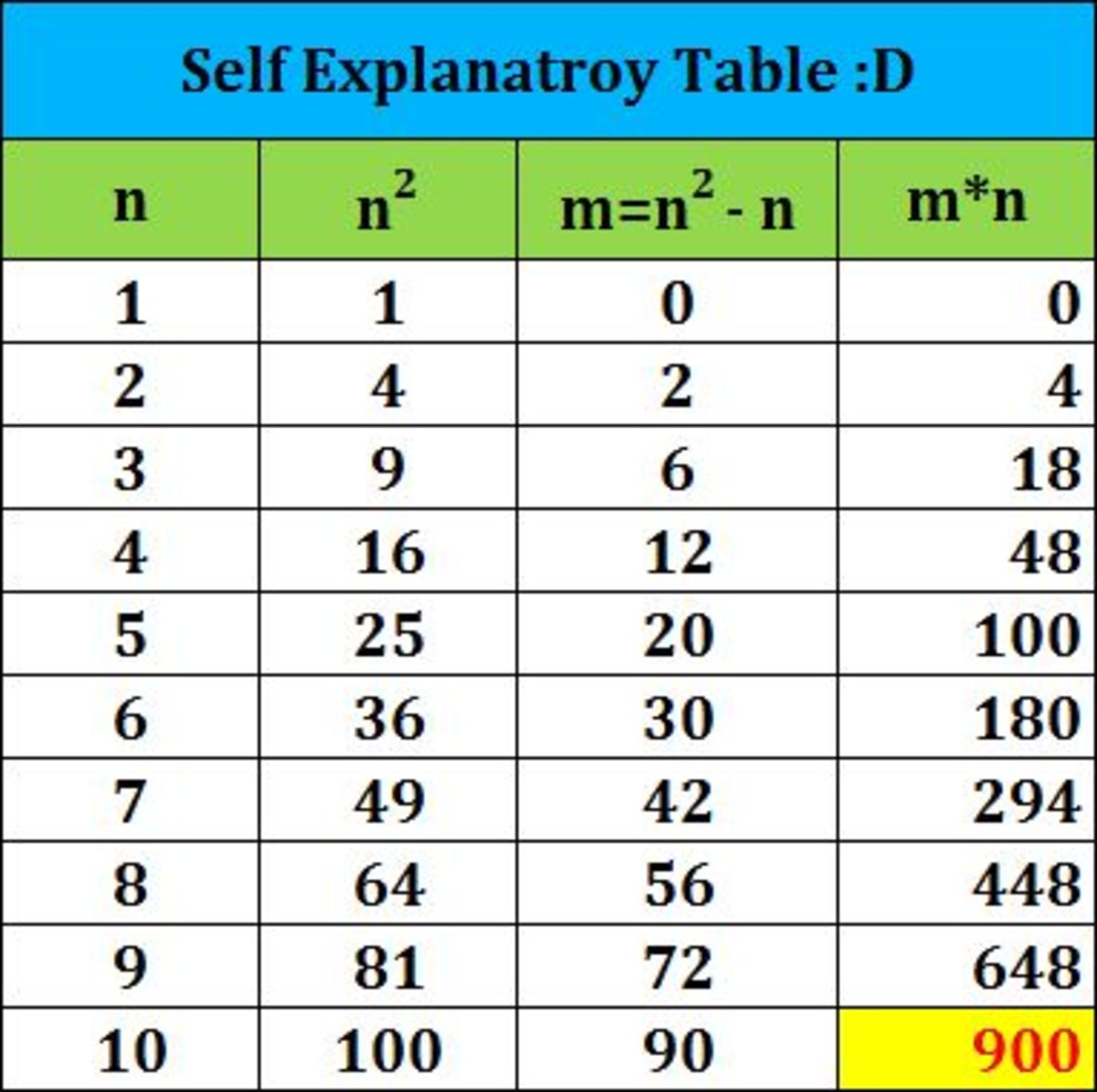A problem by Owais Shah
Level
2
The answer is 900.
This section requires Javascript.
You are seeing this because something didn't load right. We suggest you, (a) try
refreshing the page, (b) enabling javascript if it is disabled on your browser and,
finally, (c)
loading the
non-javascript version of this page
. We're sorry about the hassle.

Starting from 4, we know that 4=2x2. 18 can be considered 3x6, but 6=2x3. Each number of the series is (number of the series)x(product of the previous number and the number of the series itself). This way we have: 1) 0 (1x0) 2) 4 (2x2) (where the second 2 is 2x1) 3) 18 (3x6) (where 6 is 3x2) 4) 48 (4x12) (where 12 is 4x3) 5) 100 (5x20) (where 20 is 5x4) 6) 180 (6x30) (where 30 is 6x5) [...] 10) 900 (10x90) (where 90 is 10x9)